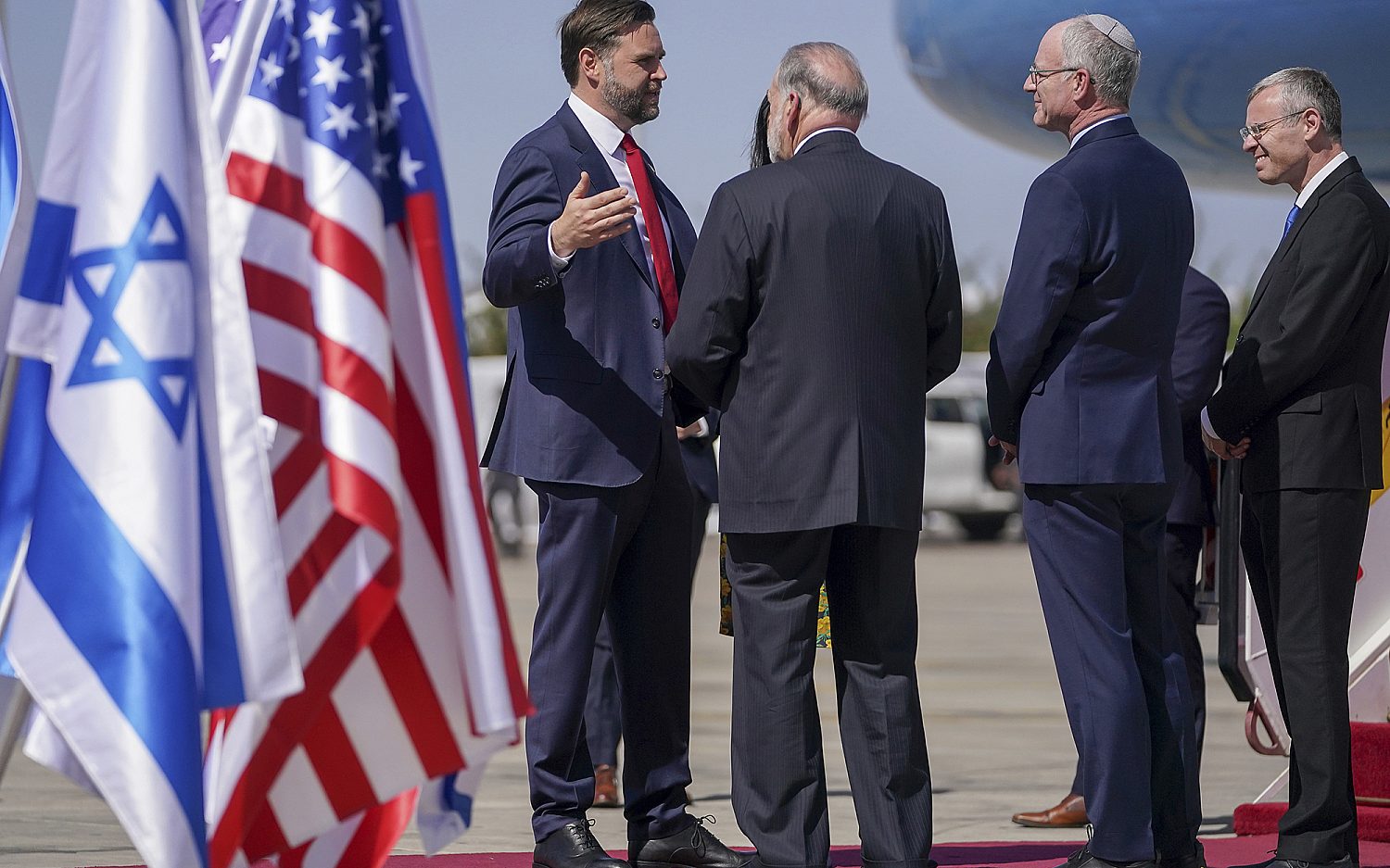Special forces units test G.I. Jane's mettle
Top military officials mapped out plans yesterday to integrate women into front-line positions, including spots in the Navy SEALs and other special forces units. The plans follow former Defense Secretary Leon Panetta’s January decision to lift the ban on women in combat positions. Women make up 14 percent of the 1.4 million active U.S. military personnel.
The U.S. Special Operations Command will now examine commando jobs to see which could be opened to women and what exceptions might be set—without lowering current physical and mental requirements. Women could start training as Army Rangers by mid-2015 and as Navy SEALs a year later. But if research and testing find that women could not be successful, they could remain excluded from some jobs, leaving the services to defend their decisions to top Pentagon leaders.
The military services are also working to determine the cost of opening jobs aboard some Navy ships, including submarines, frigates, and other smaller warships to women. Dozens of ships do not have adequate berths or facilities for women to meet privacy needs, and would require design and construction changes.
The Navy will begin training women next month for its Riverine force, planning to assign women to units by October. The coastal Riverine squadrons do close combat and security operations in small boats, although it is not a special operations unit.
The military already opened about 14,500 combat positions to women last year, most of them in the Army, by allowing them to serve in many jobs at the battalion level. And the wars in Iraq and Afghanistan propelled women into jobs as medics, military police, and intelligence officers who were sometimes attached, but not formally assigned, to battalions. So even though the more than 280,000 women sent to Iraq, Afghanistan, and neighboring nations could not officially serve as battalion infantrymen on patrol, they could fly helicopters supporting the unit or join teams supplying medical aid to injured troops.
Maj. Gen. Bennet Sacolick, director of force management for U.S. Special Operations Command, said the military has moved beyond the Hollywood stereotype of a commando, instead looking for special operators who “can speak and learn a foreign language, who understand culture, who can work with indigenous populations and have culturally attuned manners.” He worries more about men accepting women into small, male-only teams living in close quarters and harsh environments for extended periods of time than he does about women’s physical strength.
Officials say they won’t lower requirements to allow women into squads. Under current Army Ranger requirements, that means that among other things, a woman must hike 12 miles with a 45 pound pack strapped to her back in 3 hours, finish an obstacle course spending 20 days and nights in the mountains, and survive a 58-day march with sleep deprivation and only one to two meals a day. Soldiers typically lose 20-30 pounds during the course.
Elaine Donnelly, head of the conservative Center for Military Readiness, questioned efforts to review standards for military jobs, saying that, “Due to physical differences that have been affirmed by more than 30 years of studies and reports on the subject, all possible options for implementing ‘gender-neutral standards’ would have the effect of lowering requirements.”
The Associated Press contributed to this report.
An actual newsletter worth subscribing to instead of just a collection of links. —Adam
Sign up to receive The Sift email newsletter each weekday morning for the latest headlines from WORLD’s breaking news team.




Please wait while we load the latest comments...
Comments
Please register, subscribe, or log in to comment on this article.